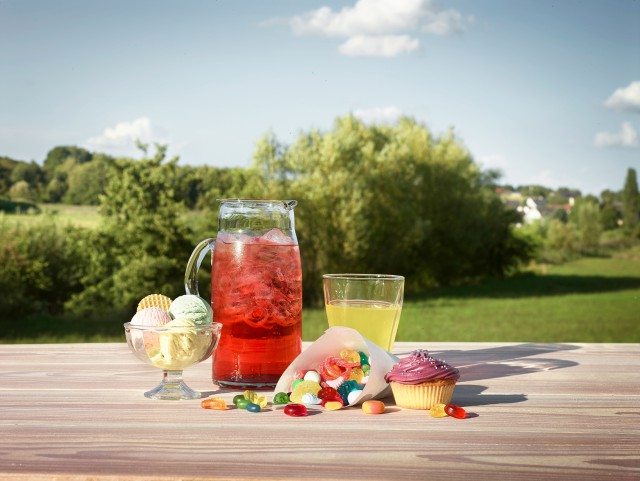About 75% of the first visual assessment of food and beverages is based on colour alone as it communicates taste and quality expectations, according to GNT.
Driven by a strong health drive in the food industry, manufacturers are increasingly moving away from artificial colours to true natural Colouring Foods.
Still, the company says there are a lot of suppliers sticking to their existing recipes.
Food and beverage companies aiming to benefit from the trend towards naturalness should consider these seven reasons for using Colouring Foods.
Here are more details.
1. Consumer demand for natural ingredients
A global survey by GNT and TNS found that 54% of consumers worldwide look for products that are made with natural colors only.
In fact, people have a clear conception of what a natural color is: originating from edible raw materials and 100% naturally produced.
2. Clear labelling
Colouring Foods are concentrates obtained exclusively from fruit, vegetables and edible plants.
They are manufactured through gentle physical processes such as pressing, chopping and filtering – without any chemicals.
Therefore, they can simply be declared as food, e.g. Colouring Food (concentrate of carrot, elderberries).
This meets consumers’ demand for short ingredient lists with components they know and understand.
3. Independence of regulatory changes
In the Gulf region, as of 1st of January 2017, food and drinks containing Allura Red AC, Sunset Yellow, Azorubine or Tartrazine are required to carry the statement: “This material may be having a negative effect on activity and concentration in children.”
Such a warning might lead to a competitive disadvantage.
Due to their clear labelling, Colouring Foods provide a future-proof alternative.
4. Broad applicability
Production processes and raw material bases for Colouring Foods have been constantly optimized throughout the last years.
Today, they can be used in practically all product categories, ranging from confectionery, dairy and bakery to beverages and savory applications.
They are suitable for water- and fat-based, liquid and powdery recipes. GNT Group even offers a micronized powder solution.
Colouring Foods are appropriate for vegetarians or vegans and available with certification for kosher and halal products.
5. Wide color range and high performance
Colouring Foods are comparable to artificial or natural coloring additives in terms of stability, shelf life, brilliance and variety.
All colors for all applications are available on the market.
They are marketed as EXBERRY Colouring Foods which cover more than 400 shades.
The line is based on a proprietary procedure of mixing different raw materials to deliver the exact hue and intensity for the product in question.
6. Food security
Manufacturers need to rely on optimum quality and absolute safety of their ingredients.
For Colouring Foods, this can be guaranteed by a vertically integrated value chain.
Thereby, suppliers control every step of the production, from the selection of the right seeds and best raw materials to the perfect timing of harvesting at peak ripeness and fast processing of all materials.
7. Ease of handling
If having a deep knowledge of the characteristics of Colouring Foods and how a recipe can affect their performance, the handling is easy and uncomplicated.
Factors that need to be considered and controlled include water activity, pH value, total acidity, density, water and fat content.
Moreover, shelf life and storage conditions, the manufacturing process and equipment as well as temperature scales need to be taken into account.
To achieve best results, it is important to get individually tailored advice and support through the product development process.










